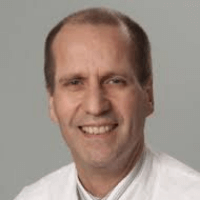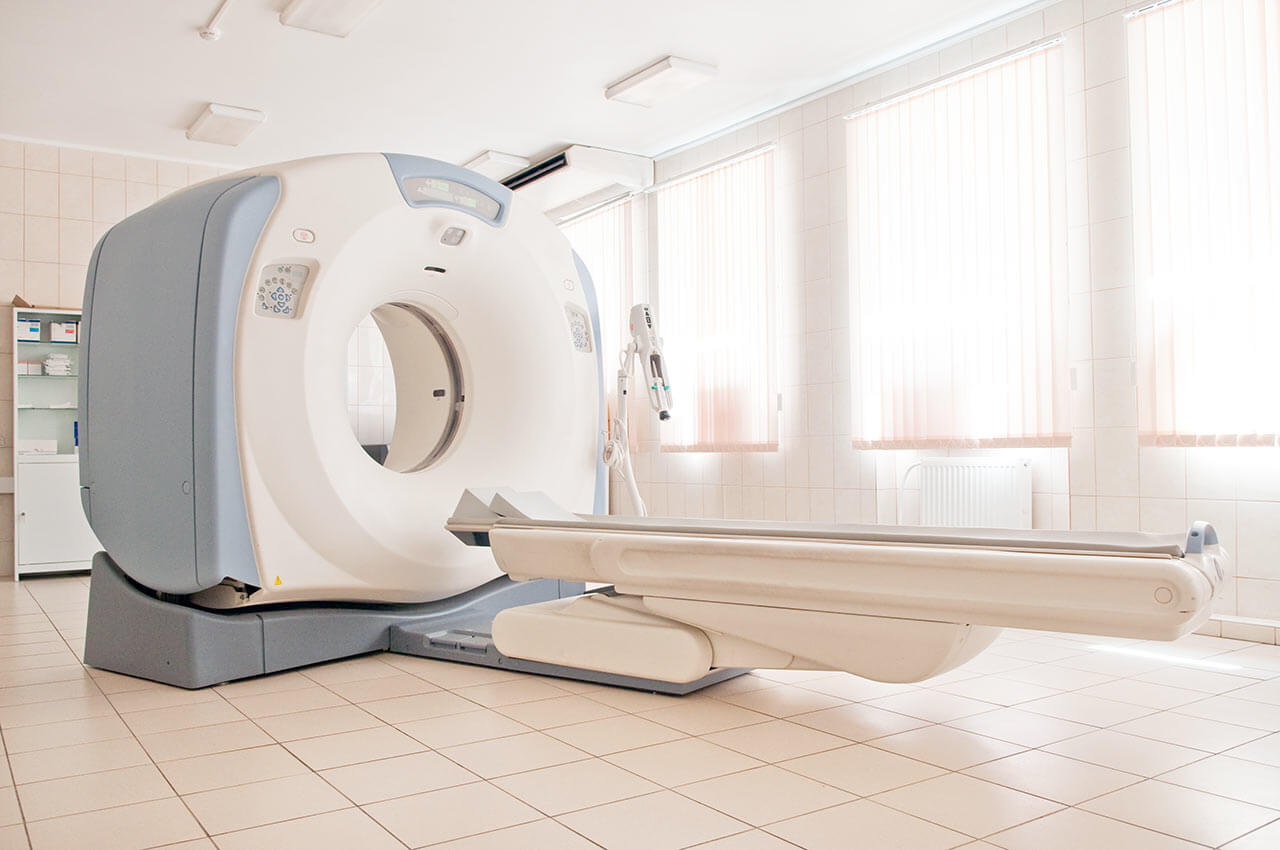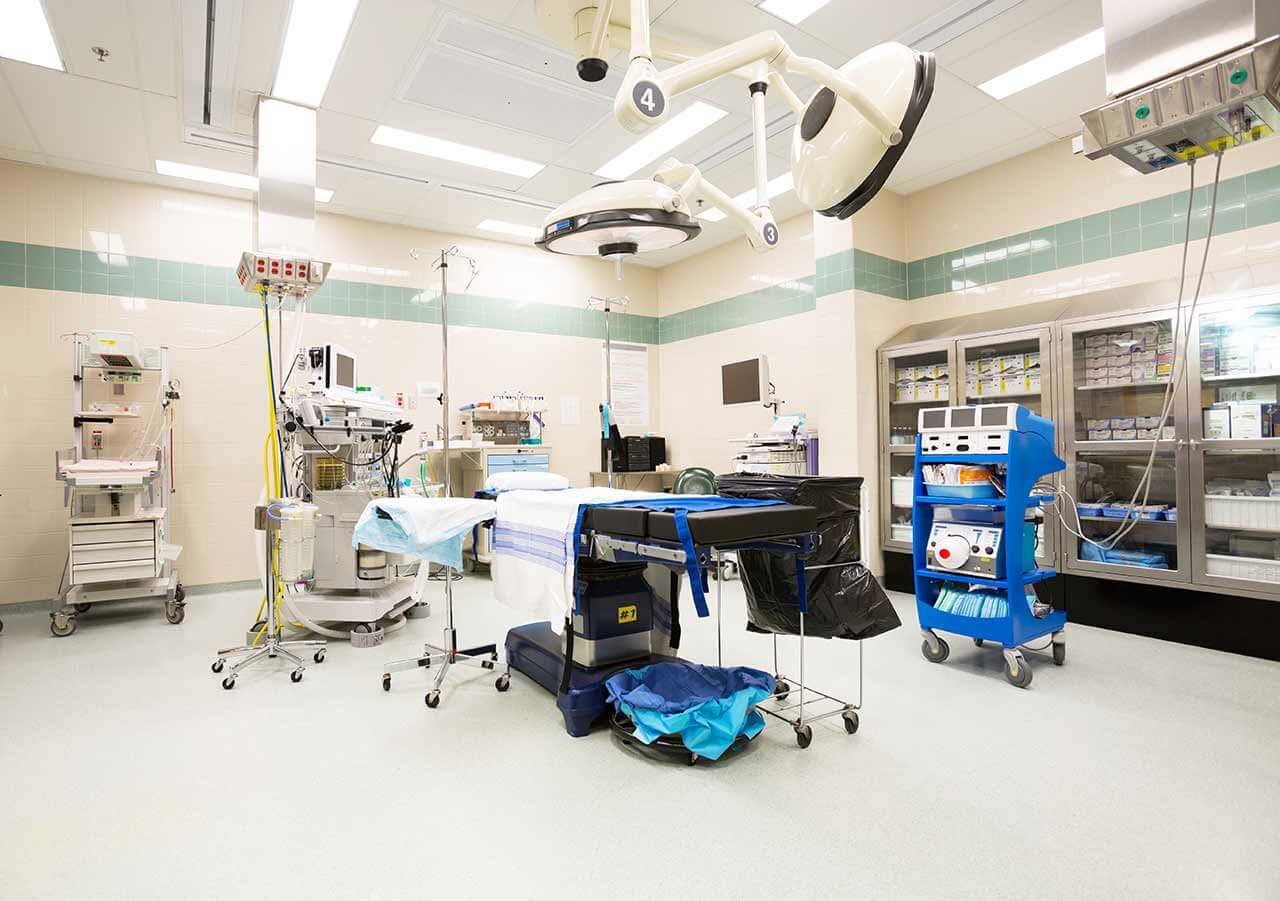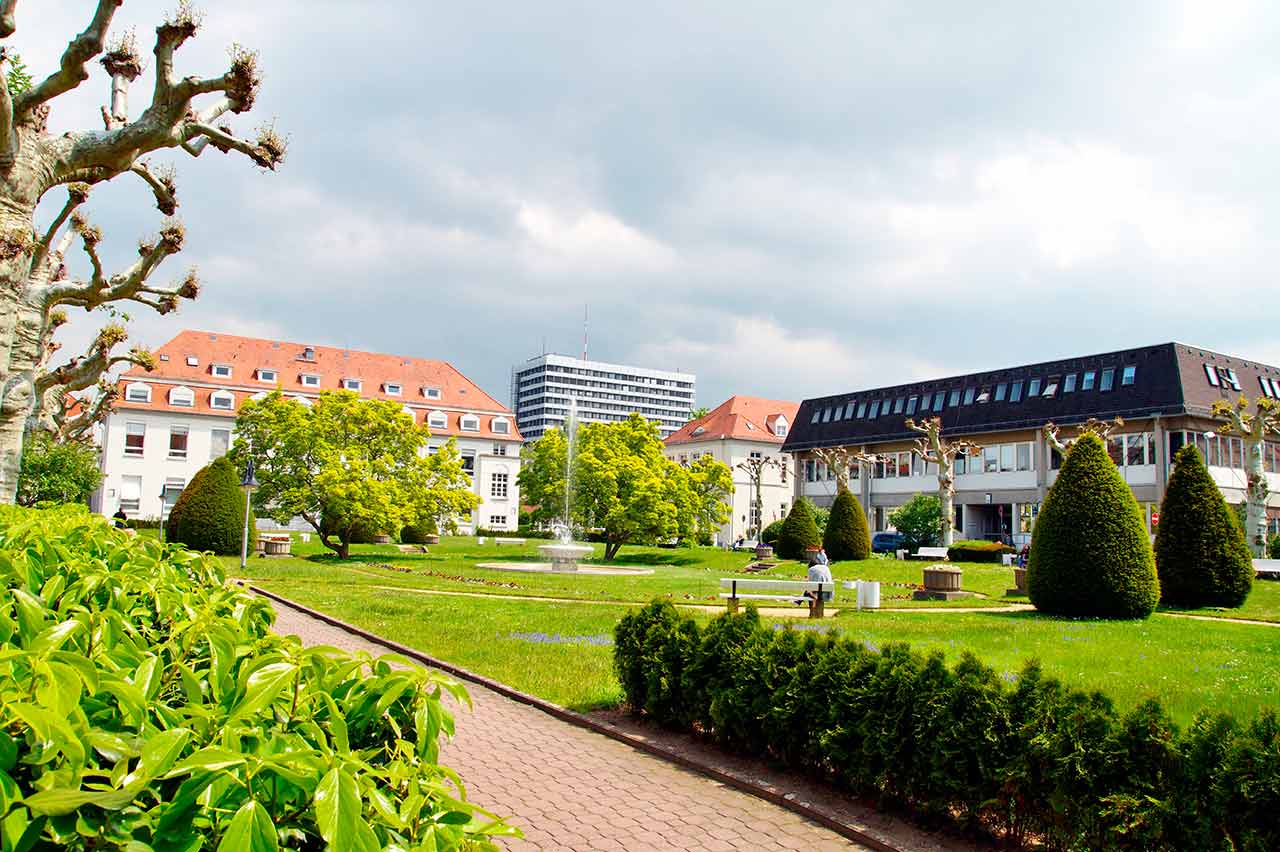
The program includes:
- Initial presentation in the clinic
- clinical history taking
- review of medical records
- physical examination
- laboratory tests:
- complete blood count
- general urine analysis
- biochemical analysis of blood
- TSH-basal, fT3, fT4
- tumor markers (AFP, CEA, СА-19-9)
- inflammation indicators (CRP, ESR)
- indicators blood coagulation
- abdominal ultrasound
- CT/MRI abdomen
- preoperative care
- embolization (coiling)
- symptomatic treatment
- cost of essential medicines
- nursing services
- elaboration further recommendations
Required documents
- Medical records
- MRI/CT scan (not older than 3 months)
- Biopsy results (if available)
Service
You may also book:
 BookingHealth Price from:
BookingHealth Price from:
About the department
The Department of Adult and Pediatric Diagnostic, Interventional Radiology at the University Hospital Mainz offers the full range of services in these medical fields. Patient care is provided both on an outpatient and inpatient basis. The department has all the modern imaging methods for the most accurate diagnostics and interventional therapy. The highly qualified doctors with extensive clinical experience and high rates of successful treatment take care of patient health. The department is headed by Prof. Dr. med. Christoph Düber.
The service range of the department includes:
- Diagnostic radiology
- Conventional X-ray studies
- Functional diagnostics
- Contrast-enhanced examinations of the gastrointestinal tract
- Joint examination (arthrography in combination with MRI or CT)
- Spinal cord examination (myelography)
- Venous examination (phlebography)
- Bile duct examination
- Ultrasound diagnostics (in accordance with the requirements of the German Society for Ultrasound in Medicine)
- Breast imaging diagnostics and minimally invasive biopsy
- Full-field digital mammography with a minimum radiation dose
- Tomosynthesis
- Magnetic resonance imaging (MRI)
- High resolution ultrasound with color duplex sonography (3D and 4D)
- Needle biopsy and stereotactic vacuum biopsy
- Galactography
- Preoperative marking and intraoperative radiography
- Second opinion and consultation on diagnostics
- Computed tomography (CT)
- Combined PET-CT method
- Magnetic resonance imaging (MRI)
- MRI of the musculoskeletal system (joints, ligaments, muscles, tendons, bones)
- MRI of the central nervous system (brain and spinal cord)
- MRI of the abdominal cavity and retroperitoneal space (liver, spleen, pancreas, kidney)
- MRI of the pelvic organs (bladder, rectum, genital organs)
- MRI of the heart and blood vessels
- Angiography
- Interventional radiology
- Patency restoration of the narrowed or occluded blood vessels of the legs and arms, head and neck, internal organs (for example, liver, kidneys, intestines or lungs) using a balloon catheter, a stent or thrombolysis
- Treatment of thoracic and abdominal aortic aneurysms (EVAR) and aneurysms of other arteries
- Treatment of vascular dissections and vascular lesions
- Blood vessel closure (embolization) in bleeding and tumors
- Uterine artery embolization for the treatment of uterine myomas
- Puncture (tissue sampling)
- Drainage placement to eliminate abscesses and fluid accumulations
- Local ablation therapy of tumors using radiofrequency ablation, irreversible electroporation and microwave ablation (in particular, in tumors of the liver, lungs, bones and other organs)
- Percutaneous transhepatic gallbladder drainage
- Stenting in esophageal and intestinal stenosis
- Installation of feeding tubes in the stomach and intestines (gastrostomy, jejunostomy)
- Transjugular intrahepatic portosystemic shunting
- Pain therapy (for example, solar plexus block)
- Vertebroplasty for the treatment of pathological vertebral fractures
- Prostate artery embolization
- Transarterial chemotherapy for the treatment of liver cancer and liver metastases
- Internal selective radiation therapy and radioembolization for the treatment of liver cancer and liver metastases
- Pediatric radiology
- Ultrasound examinations
- Computed tomography (CT)
- Magnetic resonance imaging (MRI)
- X-ray examinations
- Other diagnostic and therapeutic options in radiology
Curriculum vitae
- 1976 -1982 Study of Human Medicine at the Johannes Gutenberg University Mainz, Fellow of the German Foundation Studienstiftung des Deutschen Volkes.
- 02.28.1984 Doctoral dissertation defense (summa cum laude), Johannes Gutenberg University Mainz.
Professional and Academic Training
- 1982 - 1984 Research Assistant, Institute of Pathology at the University of Mainz (Head: Prof. Dr. V. Thoenes).
- 1984 - 1989 Research Assistant, Department of Adult and Pediatric Diagnostic, Interventional Radiology, University Hospital Mainz (Head: Prof. Dr. M. Thelen).
- 06.03.1989 Medical Specialist in Radiology.
- 1991 - 2000 Senior Physician, Department of Adult and Pediatric Diagnostic, Interventional Radiology, University Hospital Mainz (Head: Prof. Dr. M. Thelen).
- 04.11.1993 Habilitation in Radiology.
- 01.11.2000 C4 Professor in Clinical Radiology, Department of Clinical Medicine at the University of Heidelberg, as well as Head of the Institute for Clinical Radiology at the University Hospital Mannheim.
- 01.05.2005 W3 Professor in Diagnostic and Interventional Radiology at the Johannes Gutenberg University Mainz and Head of the Department of Adult and Pediatric Diagnostic, Interventional Radiology, University Hospital Mainz.
Photo of the doctor: (c) Universitätsmedizin der Johannes Gutenberg-Universität Mainz
About hospital
The University Hospital Mainz is one of the best maximum care medical facilities in Germany and an internationally recognized scientific center. There are more than 60 departments and institutes, which represent all fields of modern medicine. The hospital serves more than 68,000 inpatients and more than 273,000 outpatients annually, which testifies to the excellent reputation of this medical institution.
The key to the successful clinical practice is also a highly qualified medical staff, which consists of 7.800 employees from various fields. The doctors of the hospital are convinced that each clinical case requires an individual approach, therefore, they devote much time to consultations and communication with patients. The main goal of all hospital employees is to provide an optimal medical care based on the use of the state-of-art diagnostic and therapeutic measures, as well as the introduction of the latest scientific achievements into the medical practice.
The best interns and assistant physicians are trained here. The world-famous leading physicians of the hospital share their long experience and professional skills. Naturally, an integral part of the university hospital work is research, thanks to which many innovative possibilities in the field of diagnostics and therapy have been developed.
Photo: (c) depositphotos
Accommodation in hospital
Patients rooms
The patients of the University Hospital Mainz live in bright, spacious and comfortable rooms. The patient rooms are equipped with modern electronically adjustable beds, which at the touch of a button automatically assume a specified position. Also, there is a TV and a telephone in the patient rooms. To use them, it is necessary to get a prepaid card (in vending machines at the entrance to the hospital). The use of a TV is free, but the patient will need headphones. Telephone calls are made for a fixed fee, which will be withdrawn from the prepaid card at discharge from the hospital. Also, each patient room is equipped with an ensuite bathroom with shower, washbasin and toilet.
Meals and Menus
The patients of the hospital are offered a tasty and balanced three meals a day: breakfast, lunch and dinner. The menu also includes vegetarian and dietary dishes. In addition, for both patients and their visitors there are available cafeterias and bakeries, where one can buy baked goods, snacks, hot and cold drinks.
Further details
Standard rooms include:





